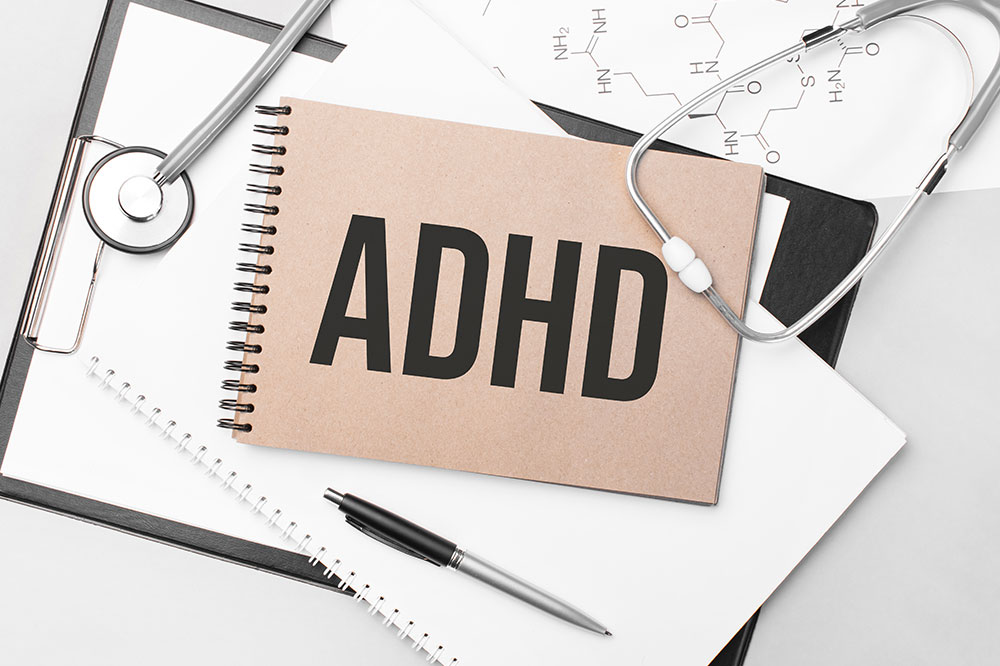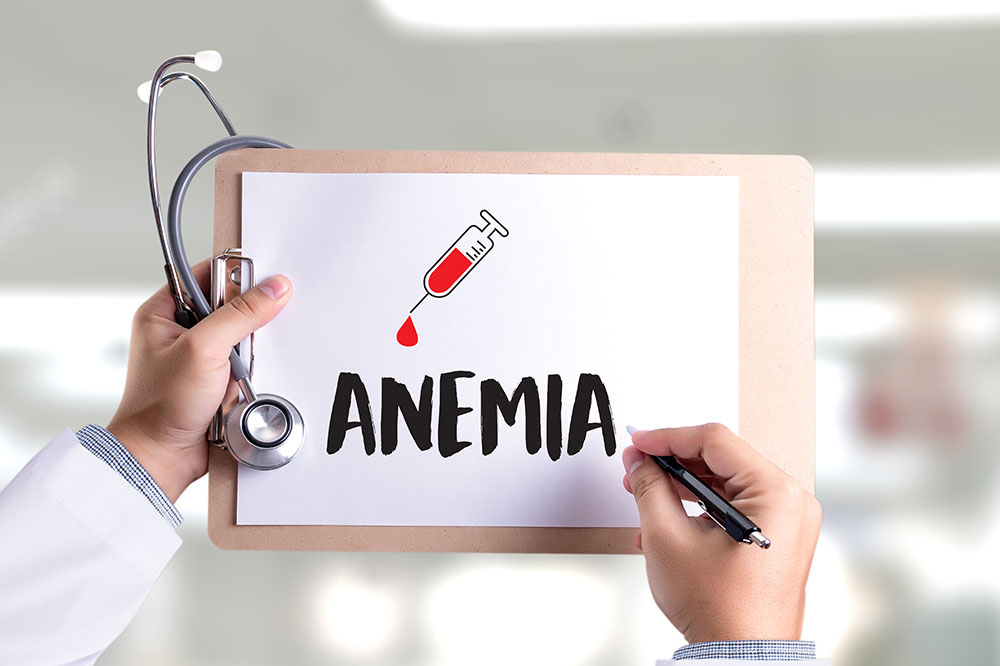Diagnosis, stages, and prevention of heart diseases

Heart disease is a serious health condition, and it is also one of the main causes of death in the country. Irrespective of what kind of heart-related issue one has, they can be diagnosed with the help of certain tests. Once these are carried out, and a proper diagnosis is arrived at, the heart specialist, also known as a cardiologist, treats the condition accordingly.
Diagnosis of heart diseases
Heart-related conditions can be diagnosed via chest X-ray and blood tests. However, these are not the only available options that doctors use to determine the cause of the problems. Here is a list of some common tests that are also an option.
- Electrocardiogram (ECG)
- Holter monitoring
- Echocardiogram
- Stress test
- Cardiac catheterization
- Cardiac computerized tomography (CT) scan
- Cardiac magnetic resonance imaging (MRI)
Different stages of heart failure
Heart failure is a heart disease with different types and stages. There are mainly four stages known as A, B, C, and D. Stage A exposes one to the risk of heart failure. It can develop due to family history, hypertension, diabetes, alcohol abuse, coronary artery disease, and metabolic syndrome, among others. Stage B is more serious, as one starts to develop pre-heart failure conditions. During this stage, systolic left ventricular dysfunction occurs, which can lead to heart failure in the future.
Stage C is when one is first diagnosed with heart failure. The various symptoms of this stage include shortness of breath, fatigue, inability to exercise, weakening of legs, waking up for urination regularly, and swelling in the abdomen, lower legs, feet, and ankles. Stage D is the last stage of this heart disease wherein the patient shows advanced symptoms of this health condition. The symptoms of this stage do not respond to medical treatments.
Prevention of heart disease
People who have a history of heart disease in their family are more likely to develop certain heart conditions themselves. On the positive side, one can do various things to keep their heart-healthy. Below is a list of things that can be done to prevent heart-related issues.
- Keep the blood pressure under control
People who have high blood pressure are more likely to develop heart conditions. It is essential for one to get their blood pressure checked at least once a year. If the doctor prescribes medicines and lifestyle changes, these must be followed accordingly. - Control the cholesterol level
Coronary artery disease is a serious heart condition, which is a result of clogged arteries. If one can keep their cholesterol levels under control, they immediately lower the chances of developing heart diseases. This can be successfully done with medicine and lifestyle changes. - Follow a healthy diet :
There is no better way to prevent heart diseases than maintaining a healthy diet. Food items that are high in sugar, sodium, and saturated fat should be avoided. One’s diet should include whole grains, vegetables, and fruits. The right diet not only keeps the heart healthy, but it also helps one prevent blood pressure and high cholesterol.
Other than these, maintaining overall good health also helps to prevent heart diseases. One can achieve this by exercising regularly, getting enough sleep, and stopping smoking or drinking alcohol.






